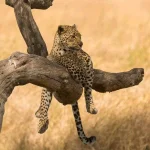
Mikumi National Park is located in southeastern Tanzania, approximately 300 km west of Dar es Salaam. Covering around 3,230 km²,…
Tarangire National Park in Tanzania is renowned for its diverse wildlife, iconic baobab trees, and vast elephant herds amidst stunning landscapes.
Tarangire National Park, located in Tanzania, covers approximately 2,850 square kilometers and is named after the Tarangire River, which flows through the park. Established in 1970, it is the sixth largest national park in Tanzania and is part of the larger ecosystem that includes the Serengeti and Manyara regions.
The park is famous for its extraordinary wildlife, particularly its large population of elephants, which can often be seen congregating around the river during the dry season. In addition to elephants, Tarangire is home to a variety of animals, including buffalo, giraffes, zebras, and numerous species of birds, making it a fantastic destination for wildlife enthusiasts and birdwatchers.
Tarangire’s landscape is characterized by acacia woodlands, savannahs, and iconic baobab trees, which add to its unique beauty.
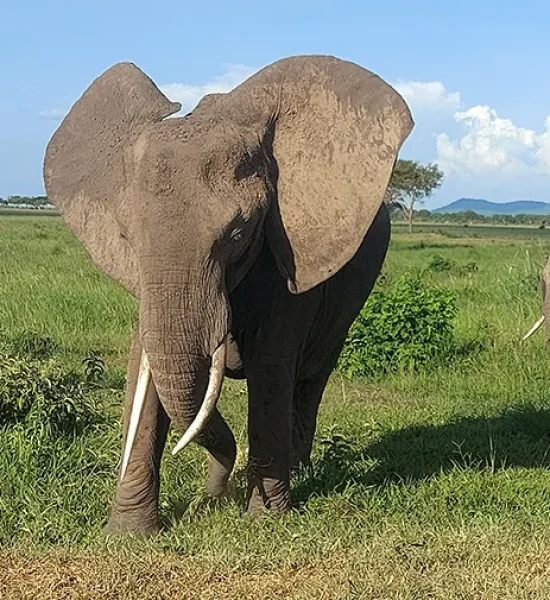
Tarangire National Park has a rich history that reflects both its ecological significance and its development as a protected area. The region was initially used by local Maasai tribes for grazing cattle and as a migratory route for wildlife. The park was established in 1970, initially as a response to growing concerns over wildlife conservation and the need to create protected areas.
Before its designation as a national park, the area was part of a larger wildlife corridor that facilitated animal migration between Tarangire, the Serengeti, and Lake Manyara National Park. It was a critical habitat for many species, particularly during the dry season when animals sought water at the Tarangire River.
Since its establishment, Tarangire has focused on conservation efforts, protecting its diverse ecosystems and its unique population of elephants—among the highest in Africa. The park has evolved through various conservation initiatives and community engagement to balance wildlife preservation with the needs of local communities.
Today, Tarangire National Park plays a vital role in Tanzania’s broader efforts to conserve biodiversity and promote ecotourism, while also being a key part of the ecosystem that supports migratory wildlife in northern Tanzania.
Tarangire National Park boasts several major attractions that draw visitors from around the world:
1. Large Elephant Population: Tarangire is famous for its large herds of elephants, particularly during the dry season when they gather around the Tarangire River. Viewing these majestic animals in their natural habitat is a highlight for many visitors.
2. Diverse Wildlife: In addition to elephants, the park is home to a rich variety of wildlife, including buffalo, giraffes, zebras, wildebeests, and numerous antelope species. Predator species like lions, leopards, and cheetahs can also be spotted.
3. Unique Baobab Trees: The park is characterized by its iconic baobab trees, which provide a stunning backdrop for photographs and are a symbol of the African savannah.
4. Bird Watching: Tarangire is a birdwatcher’s paradise, with over 500 bird species recorded. Notable species include the endangered yellow-collared lovebird and various raptors.
5. Scenic Landscapes: The park features diverse landscapes, including acacia woodlands, swamps, and open grasslands, all of which enhance the safari experience.
6. The Tarangire River: This lifeline of the park attracts wildlife during the dry season, making it an excellent location for game drives and wildlife observation.
7. Cultural Experiences: Visitors often have opportunities to interact with local Maasai communities, gaining insight into their culture and way of life.
These attractions make Tarangire National Park a unique and compelling destination for wildlife enthusiasts and nature lovers alike.
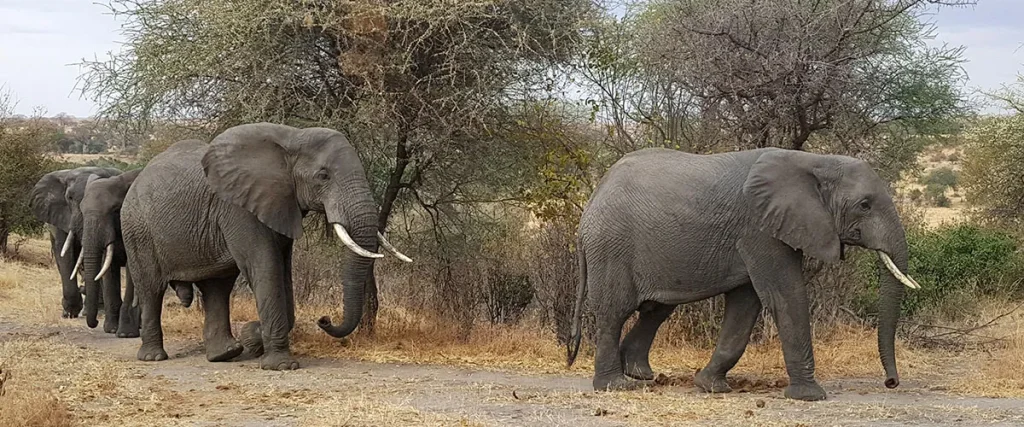
The best time to visit Tarangire National Park in Tanzania is during the dry season, which runs from June to October. This period offers the best wildlife viewing opportunities as animals congregate around water sources. The park is known for its large elephant herds and diverse wildlife, making it a fantastic time for photography and safaris.
The wet season (November to May) brings lush landscapes and migratory birds, but some areas may become difficult to access due to muddy roads. Each season has unique advantages, so consider what kind of experience you want when planning your visit.
Adventure Options with Kanuth Adventure Safaris:
Tarangire National Park Safari Package
Join us for an unforgettable adventure at Tarangire National Park, renowned for its stunning landscapes, abundant wildlife, and iconic baobab trees. Our curated safari package offers you the chance to explore this remarkable ecosystem in comfort and style.
Safari Highlights:
– Daily Game Drives: Experience thrilling wildlife encounters with experienced guides on daily game drives, where you’ll see elephants, lions, giraffes, and more in their natural habitat.
– Bird Watching: Enjoy the unique opportunity to spot over 500 bird species, making Tarangire a birdwatcher’s paradise.
– Cultural Experiences: Visit local Maasai villages to learn about their rich culture and traditions, enhancing your overall adventure.
With Kanuth Adventure Safaris, you’re not just a tourist but part of an enriching adventure. Tailor your excursion to fit your interests, whether photography, wildlife observation, or cultural immersion.
For more details on our Tarangire Safari Package and to book your adventure, visit [link to your safari package].

Mikumi National Park is located in southeastern Tanzania, approximately 300 km west of Dar es Salaam. Covering around 3,230 km²,…
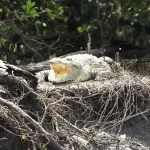
Saadani National Park is a unique safari destination in Tanzania, famous for its blend of savannah wildlife and pristine Indian…
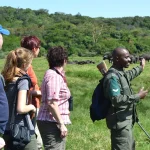
Complete Travel Guide to Arusha National Park Arusha National Park is renowned for its diverse ecosystems, including tropical rainforests, grassy…


info@kanuthadventures.com
kanuthadventures@gmail.com booking@kanuthaadventures.com
Copyright © 2025 Kanuth Adventure Safaris, Tanzania Ltd. All rights reserved
Kanuth Adventure Safari LTD
Hi there! 🌍
Thank you for reaching out to Kanuth Adventure Safaris, Tanzania Ltd!
How can we assist you today?
📍 Planning your dream safari?
📍 Need details about our packages?
📍 Have any specific questions?
We're here to make your Tanzanian adventure unforgettable! 🎉
Let us know how we can help.
Contact Us
🟢 Copyright © 2024 Kanuth Adventure Safaris
WhatsApp us